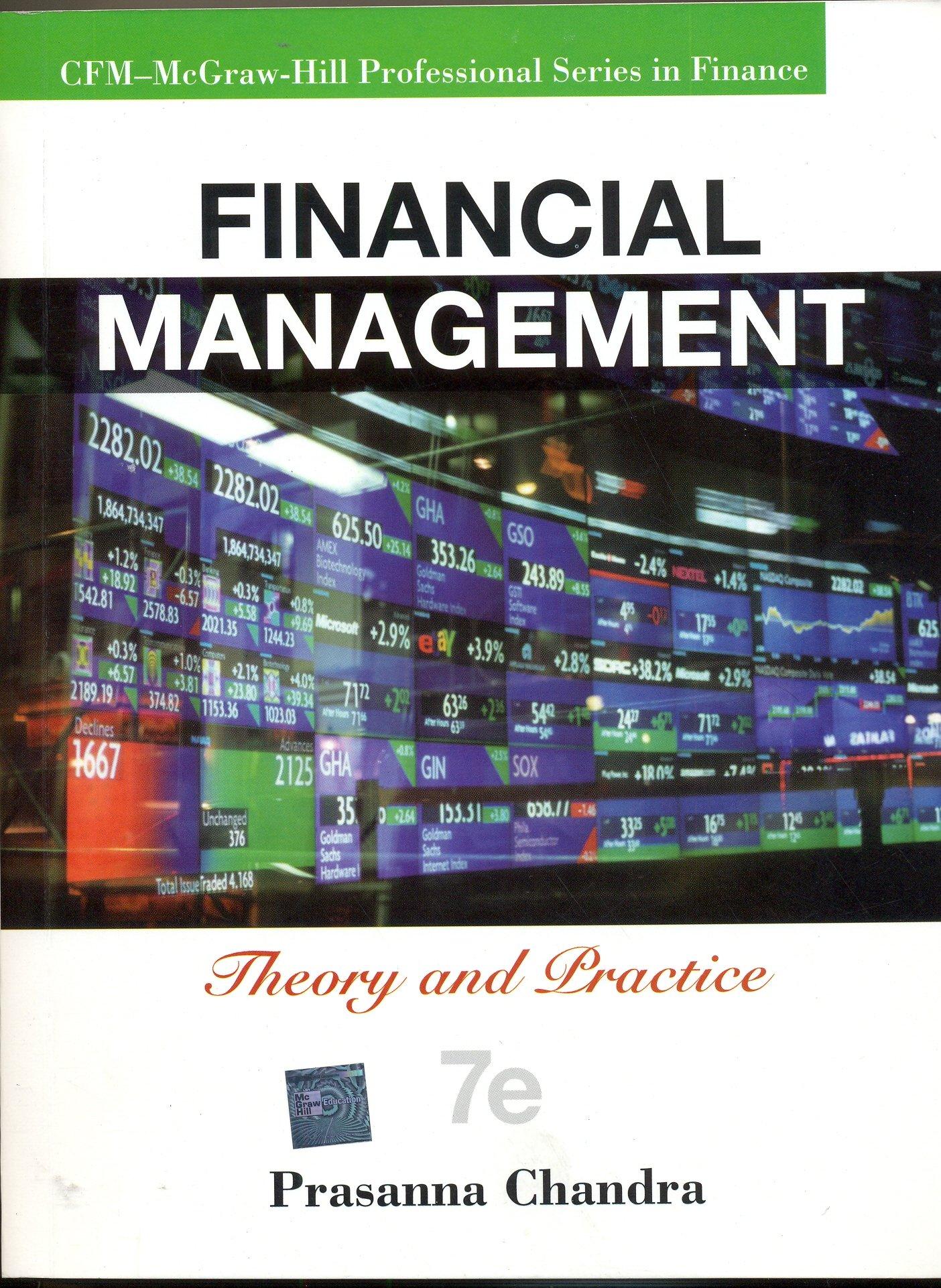12960 - FINANCE INSTRUMENTS AND MARKET hedge fund has simultaneously written a call option on shares of a company with an exercise price of $17.45. and also buys a call antion on the same share with an exercise price of $16.95. The hedge fund is considered to have written a(n): A: arbitrage option B: naked call/put contract C: covered call option D: margin call option 36. All of the following factors are generally regarded as major determinants of the price of an option EXCEPT: A: the spot price of the underlying asset, relative to the option exercise price B: the elapsed time since the start of the option C: the volatility of the spot price of the underlying asset D: the level of interest rates 37. The decision between selecting a future or an option: A: reflects a trade-off between the higher cost of using options and the extra insurance benefits that options provide B: reflects the greater risk from using options and the extra insurance benefits that options provide C: reflects a trade-off between the higher cost of using futures and the extra insurance benefits that futures provide D: depends on whether the underlying instrument is an equity or debt instrument 38. A swap: A: is another name for a call option B: is another name for a put option C: is an agreement between two or more persons to exchange cash flows over some future period D: is the name for the exchange of a futures contract for an option contract 39. In an interest rate swap, the party who is the fixed-rate payer: A: currently has fixed-rate obligations, but prefers floating B: currently has floating-rate obligations, but prefers fixed C: receives a fixed-rate payment if interest rates increase D: pays a floating-rate payment if interest rates increase JOU - FINAL EXAVIT 40. A key motive for companies and financial institutions to participate in an swap is: utions to participate in an interest rate A: the low information costs of swaps, compared with other financial derivatives B: to transfer interest-rate risk to parties more willing to bear it C: the greater liquidity of swaps, compared with other financial derivatives D: the favourable tax implications of swaps, compared with other financial derivatives -- End of Section A








